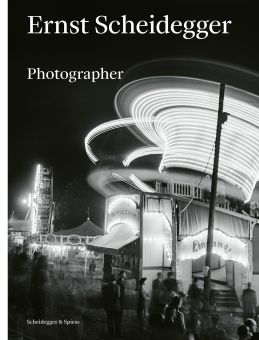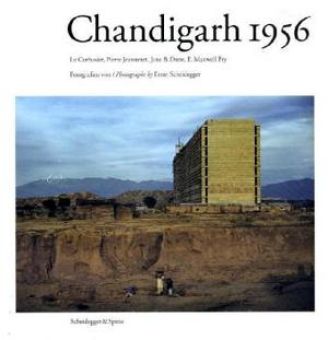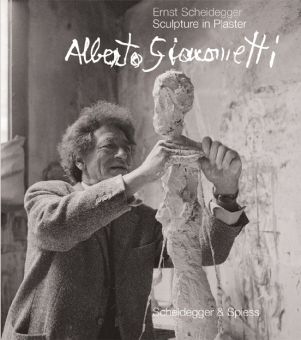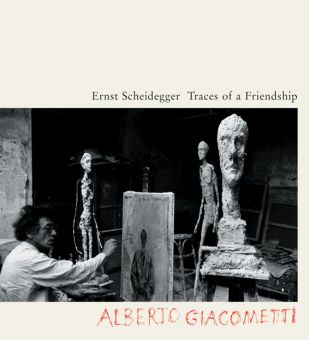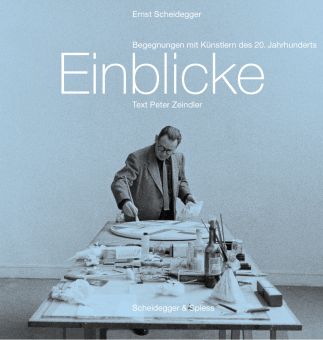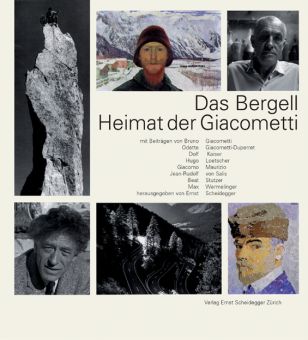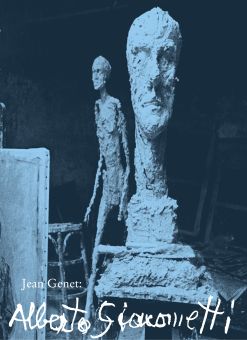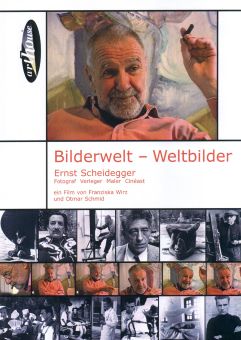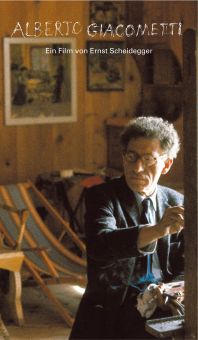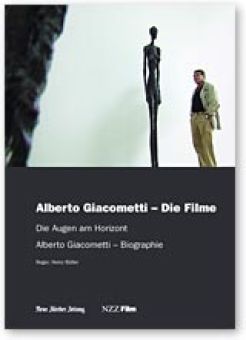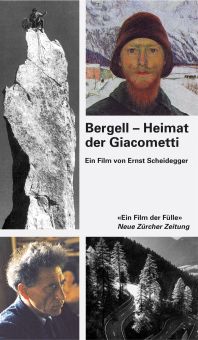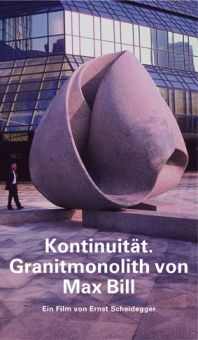Chandigarh 1956
Le Corbusier, Pierre Jeanneret, Jane B. Drew, E. Maxwell Fry
Scheidegger, Ernst (Photos); Casciato, Maristella (Texts); Moos, Stanislaus von (Editor)
Scheidegger & Spiess
Order
Le Corbusier's masterplan and buildings for Chandigarh, capital of the Indian federal state of Punjab, are landmarks of 20th century architecture and urban planning. Based on the principles of the “functional city”, which the CIAM had been calling for in the 1930s, Le Corbusier and his collaborators searched for a modern response to the early 20th-century idea of the garden city.
In the late 1950s the Swiss photographer Ernst Scheidegger conceived a book, Chandigarh 1956, illustrated with photographs of the growing city he had taken on several trips to Chandigarh, but also with sketches and drawings by Le Corbusier. It was meant to be the initial volume of a series of books with the aim of promoting the architectural and social visions of Le Corbusier and other architects.
It remained unpublished, despite the innovativeness at the time of the idea to popularize the topics of architecture and urban planning through books and other media.
Scheidegger’s photographs of the construction of Chandigarh are now published for the first time.
The book also includes a facsimile of the original mock-up for Chandigarh 1956, a fascinating document of visual communication of architecture. Essays on the history and importance of Chandigarh, its buildings and its reflection in photography and on Scheidegger’s travels to and his view of Chandigarh compelemt the images.
«For those who have not been to Chandigarh, and for those who think of Le Corbusier as the conceptual source of all crimes against urbanity, in other words for most people, the photographs by Ernst Scheidegger in Chandigarh 1956 will come as a relevation.» Deborah Gans, The Architect’s Newspaper
«In 1956, a young Magnum photographer travelled to India with an ambitious project in mind. […] Ernst Scheidegger’s intention was to use his camera to document the erection of the new capital in stages and publish the pictures in a series of books. The project went unrealized […] Finally, a georgeous new book, Chandigarh 1956, collects the images, along with texts and other materials and brings the original project to completion. Classic photo-reportage at its best, it provides a personal account of a crucial moment in social and architectural history.»
